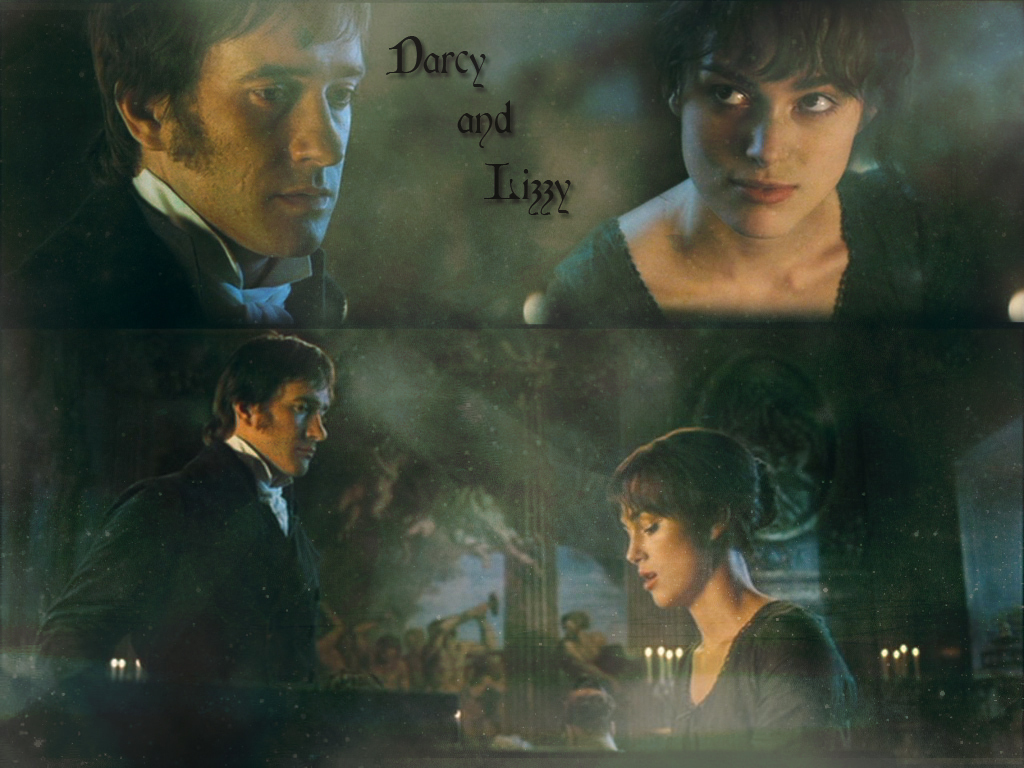As my girlfriends and I eagerly await the release of the Keira Knightley-Jude Law studded remake of ‘Anna Karenina’ and mourn the pushed back release of ‘The Great Gatsby’ remake (originally slated for December, now pushed back to May), I got to thinking about what makes a great remake and what makes a bad one.
Sarah’s Five Rules of Remakes (for anyone considering a jaunt on the Remake Train)
1. You Must Wait at Least Twenty Years After the Original

I truly admire Keira Knightley’s ouevre, with the exception of Pride and Prejudice (2005), which I remade the 1995 BBC version with the Colin Firth and Jennifer Ehle power couple of Elizabeth and Mr. Darcy. Â While I truly adore Knightley and constantly wish that my life mirrored her perpetually period-costume wearing one, I couldn’t help but wonder why the filmmakers deemed it necessary to remake something that was still making waves for its overall merit and especially its famous wet-shirt scene.

2. Remaking a Movie You Previously Starred in and Reprising the Same Role is Lame…
Even if you are Clark Gable, reprising a young, swash-buckling adventurer when you are way beyond your swash-buckling prime is not a good idea.  In 1953, roughly twenty years after the original Red Dust, Clark Gable reprised his lead role that he had previously played alongside Jean Harlow in 1932.  The 1953 remake, Mogambo paired him with Ava Gardner, who was young enough to be his daughter.
3. Your Remake Must Be an Improvement Upon the Original

I gushed about Steven Soderbergh last week, but I am going to gush about him again. I think his treatment of Ocean’s Eleven (in its casting, art design, soundtrack, cinematography, pacing, and dialogue) was a vast improvement upon the original. Â Although I am a huge fan of the Rat Pack in all of their swinging, smoking glory, I think their friendly shenanigans served as better concert fare than as the basis of a thrilling, sumptuous casino caper.

4. Relaunches of Franchises are Not Considered Remakes.
I do not consider the 2009 Star Trek film to be a remake, since it did not use the same plot as previous Star Trek films (though it did recycle plot elements from the series) and presented new facets of the characters.
5. Always Be Careful Who You Cast.
In an ideal world, the cast of a remake would be credible and likable actors with cross-generational appeal and box-office potential. Â One reason I found the new Ocean’s film to be so enjoyable was the great casting, which made both me and my parents happy. Â We were all in agreement that George Clooney carried the plot, engaged with the ensemble in a new and charismatic way, and looked good while doing it.
There are many other stipulations that I have regarding remakes, but I think these are my top concerns whenever anyone hops into the treacherous waters of a churning franchise or established filmic story.


